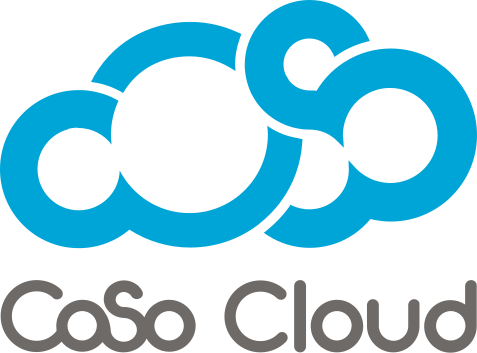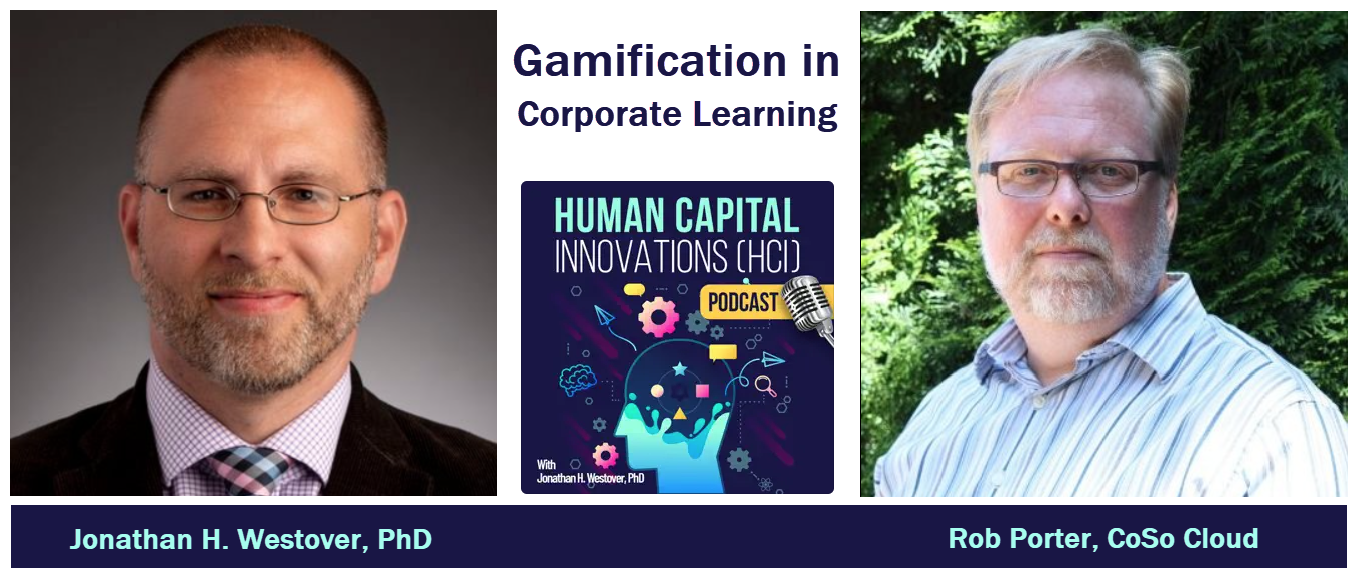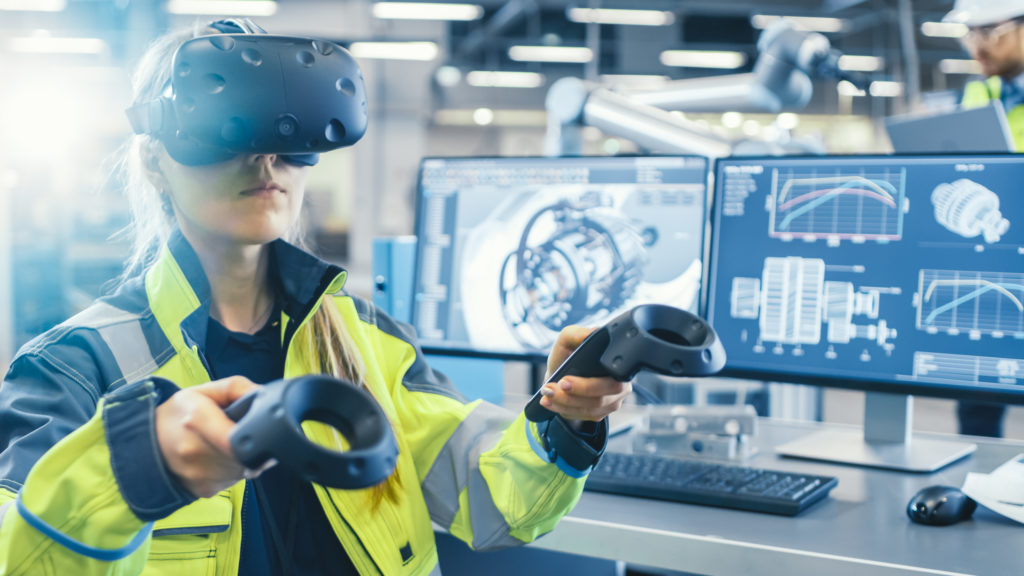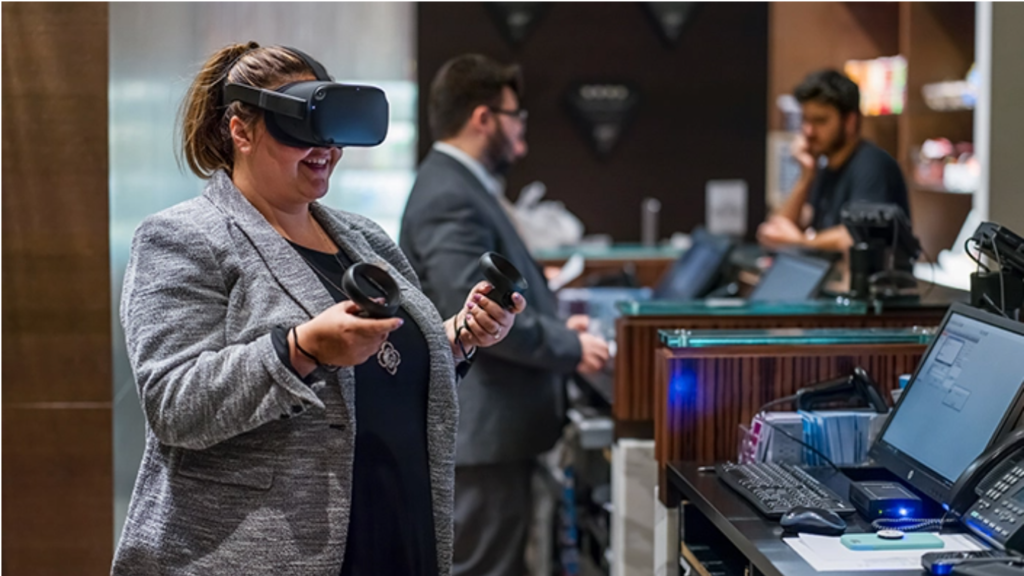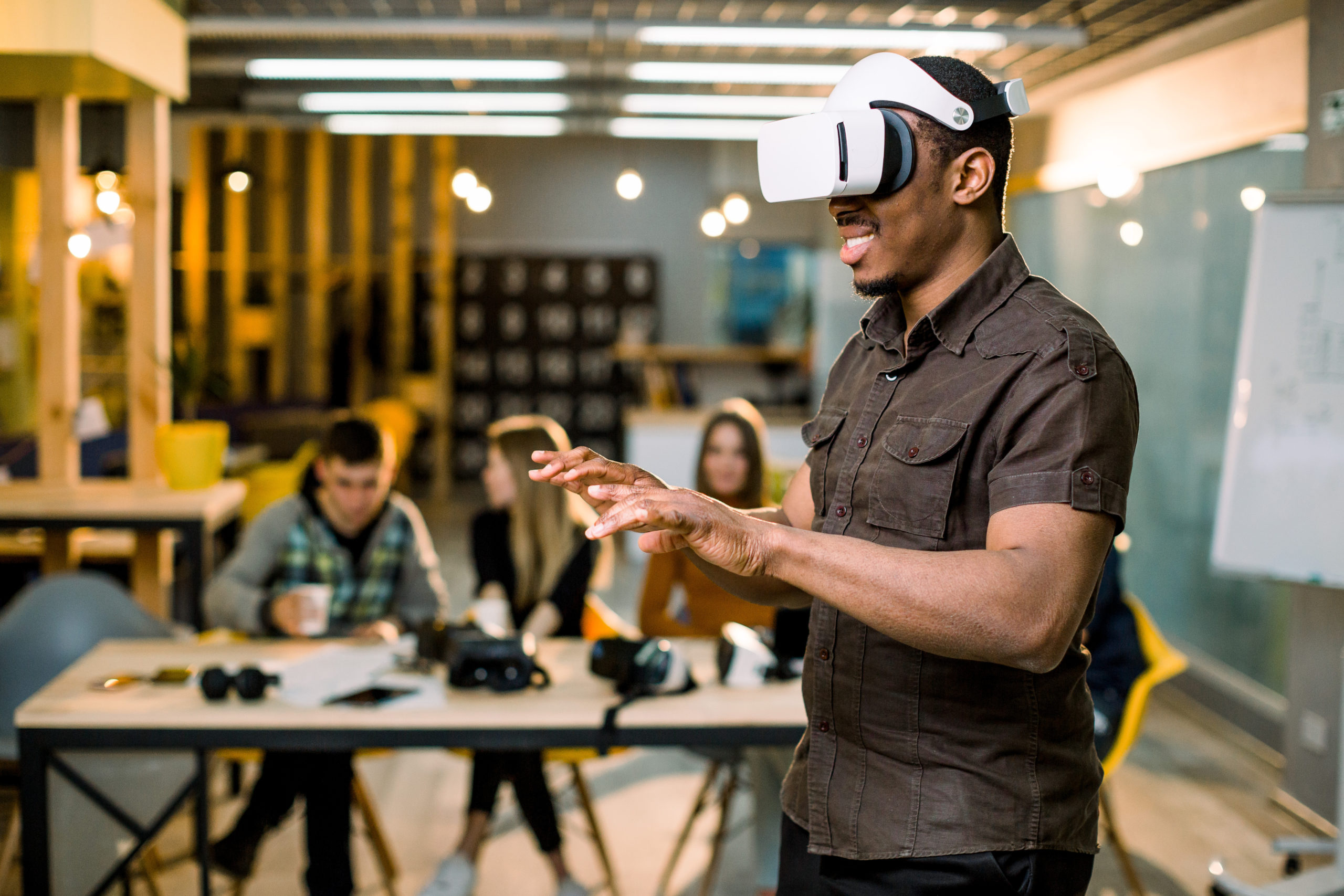
Virtual Reality in Virtual Training (Part 2)
March 23, 2021
Two weeks ago we posted the first part to Virtual Reality in Virtual Training. This week, we’re wrapping up with part two.
The concept of practice through repetition is useful across many workplace tasks, says Derek Belch, Strivr’s CEO and founder, and a former student of Bailenson’s. “For sexual harassment training, for interviewer training, we’ve got to give you reps too,” Belch says.
But using VR to address things like unconscious bias or sexual harassment is still a new frontier.
There’s no evidence VR training can change how people think or feel, says Chris Dede, an education professor at Harvard.
“The goal isn’t somehow to make people unbiased, which I don’t think is possible; the goal is to make you aware of your biases,” he says. The hope is that virtual reality will make people more aware of the right behavior and give them opportunities to practice that.
This hasn’t stopped Hilton from implementing a new VR training program called Hotel Immersion. The program uses VR to simulate (3) core job functions: room service, housekeeping, and front desk employees. Employees now have the opportunity to immersive themselves in the daily operations tasks these job functions require, which not only provides them a hand-on experience but gives them an understanding of what that job entails.
“Our goal was to make our corporate team members virtually sweat,” says Blaire Bhojwani, Hilton’s Senior Director of learning innovation. “We want them to understand the physicality and complexity of hotel operations so they can better feel what it’s like to be in the shoes of a room service attendant.”
According to a Tech@facebook article, Hilton has already trialed this service and seen impeccable results. Although some were hesitant to try the VR headset, 75 percent of people stated they felt their problem resolution and customer service skills improved and 94 percent said team members’ sense of empathy improved.
“Walmart is already testing [VR] as a way to interview job candidates”, says the retailer’s head of learning, a man aptly named Andy Trainor.
“With all the data you get from VR, you can see where they look. You can see how they move and how they react,” Trainor says. “You could do an interview in VR and based on the way they answer the questions, you can preselect whether or not they’d be a good fit for that role.”
The retailer purchased 17,000 goggles that it’s using in 4,700 locations to train most of its workforce this year. Trainor says VR is a far cheaper and easier way to train people across a big organization.
It is clear training virtually is on the rise and the use of VR headsets are the latest trend in remotely training on a large scale. Contact us to learn how CoSo Cloud can help enhance your virtual training experience!
